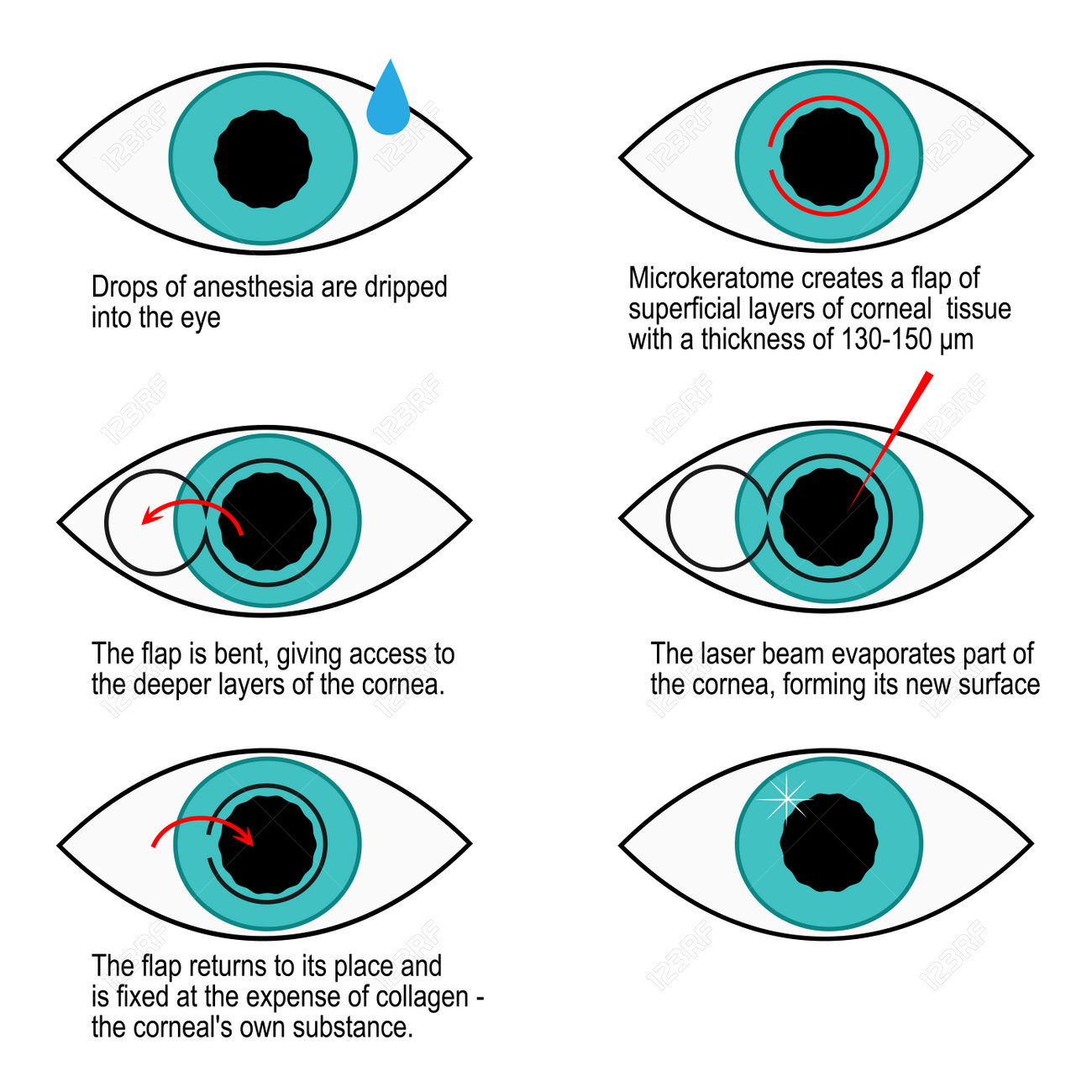An In-Depth Examination Of Modern Cataract Surgical Procedure Methods
An In-Depth Examination Of Modern Cataract Surgical Procedure Methods
Blog Article
Article By-Hogan Sanford
As you discover the development of innovative cataract surgical procedure techniques, you'll witness a trip marked by resourcefulness and accuracy. From Find Out More that led the way for contemporary developments to sophisticated modern technologies that are transforming the area, the comprehensive summary of cataract surgery strategies is a testament to human progress and devotion to boosting client outcomes. The detailed interplay in between historic approaches and futuristic developments produces an appealing narrative that clarifies the evolution of among the most common surgical procedures worldwide.
Historic Techniques and Innovations
Explore just how early doctors reinvented cataract therapy by using innovative techniques and devices. In the past, cataract surgical treatment was a dangerous and excruciating treatment. However, ancient Indian doctors were among the very first to try surgical interventions for cataracts, utilizing a technique called 'couching' where a sharp tool was made use of to press the cataract back right into the eye. This approach, though crude by today's criteria, prepared for future advancements in cataract surgical procedure.
As time advanced, Arab medical professionals made substantial contributions by developing specialized needles for cataract extraction. These needles were made use of to puncture the cataract and then extract it from the eye, marking a considerable enhancement in surgical accuracy.
Later, in the 18th century, the French surgeon Jacques Daviel originated the technique of extracapsular cataract extraction, where the whole lens was eliminated intact with a larger incision. This noted a significant development in cataract surgical procedure methods, leading the way for the contemporary treatments we use today.
Modern Surgical Approaches
Early techniques in cataract surgical treatment have actually progressed dramatically, causing the growth of modern-day medical methods that prioritize accuracy and enhanced client end results. Modern cataract surgery currently frequently entails a treatment called phacoemulsification, where an ultrasonic device breaks up the cataract for elimination through a tiny cut. This technique enables quicker recovery and lowers the danger of difficulties compared to older approaches.
Additionally, the use of sophisticated intraocular lenses (IOLs) has changed cataract surgical treatment end results. These lenses can deal with not just the cataract however also other refractive mistakes like astigmatism, lowering the requirement for glasses post-surgery.
Surgeons today likewise have access to innovative imaging innovations that help in accurate preoperative planning and intraoperative decision-making. Optical comprehensibility tomography (OCT) and various other imaging modalities offer detailed pictures of the eye's frameworks, permitting an extra individualized strategy to every individual's surgical procedure. With these improvements, modern cataract surgical procedure strategies continue to enhance, providing individuals much safer treatments and better visual end results.
Arising Technologies in Cataract Surgery
With innovations in innovation revolutionizing the area, cataract surgical treatment is seeing the assimilation of cutting-edge strategies for improved person results. Arising innovations in cataract surgical procedure are improving the landscape of sensory procedures. One such advancement is femtosecond laser innovation, which enables accurate corneal cuts, capsulotomies, and lens fragmentation, causing boosted surgical accuracy and outcomes.
Furthermore, does lasik surgery affect cataract surgery is getting popularity, allowing real-time measurements of refractive mistakes during surgical treatment to enhance intraocular lens power estimations and minimize postoperative refractive shocks.
Moreover, making use of innovative imaging modern technologies like optical comprehensibility tomography (OCT) and intraoperative wavefront aberrometry aids doctors in accurate medical planning and implementation. These devices give thorough physiological details and aid customize surgical approaches for each individual's special eye characteristics.
In addition, growths in artificial intelligence are being explored to help in preoperative planning, intraoperative decision-making, and postoperative care, possibly maximizing medical outcomes and patient complete satisfaction. Accepting these emerging innovations in cataract surgical procedure holds pledge for further improving client outcomes and making certain the proceeded evolution of sensory surgical methods.
Verdict
As you trip through the background of cataract surgery, you witness the improvement from old practices to advanced technologies. Like a phoenix metro climbing from the ashes, cataract surgery has advanced into a sign of hope and innovation.
Just as a caterpillar emerges from its cocoon as an attractive butterfly, cataract surgical procedure has blossomed into a polished art type, offering individuals more clear vision and a brighter future.
The advancement continues, radiating a light on unlimited possibilities.
